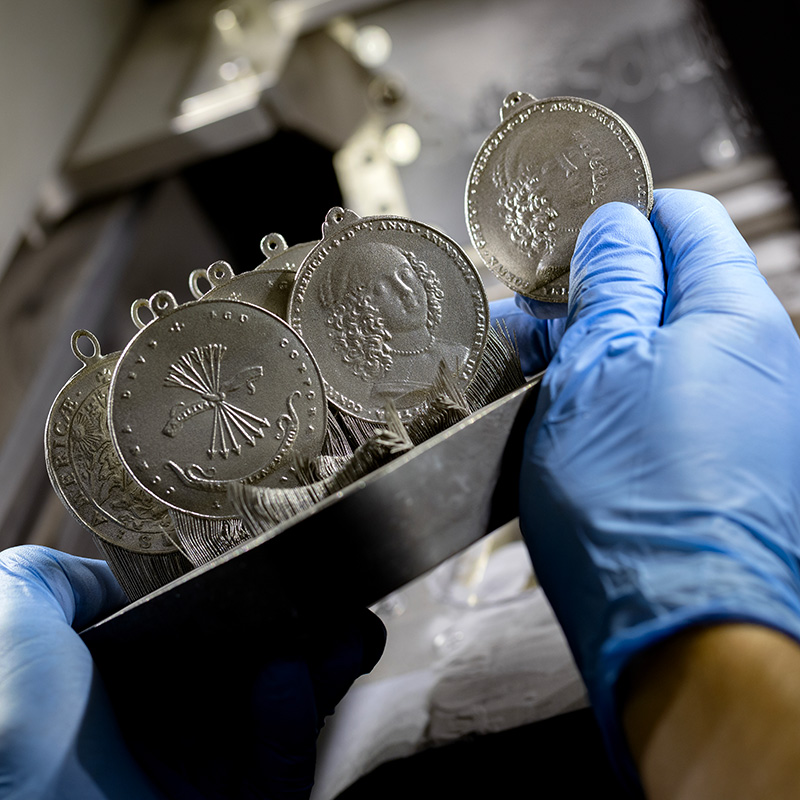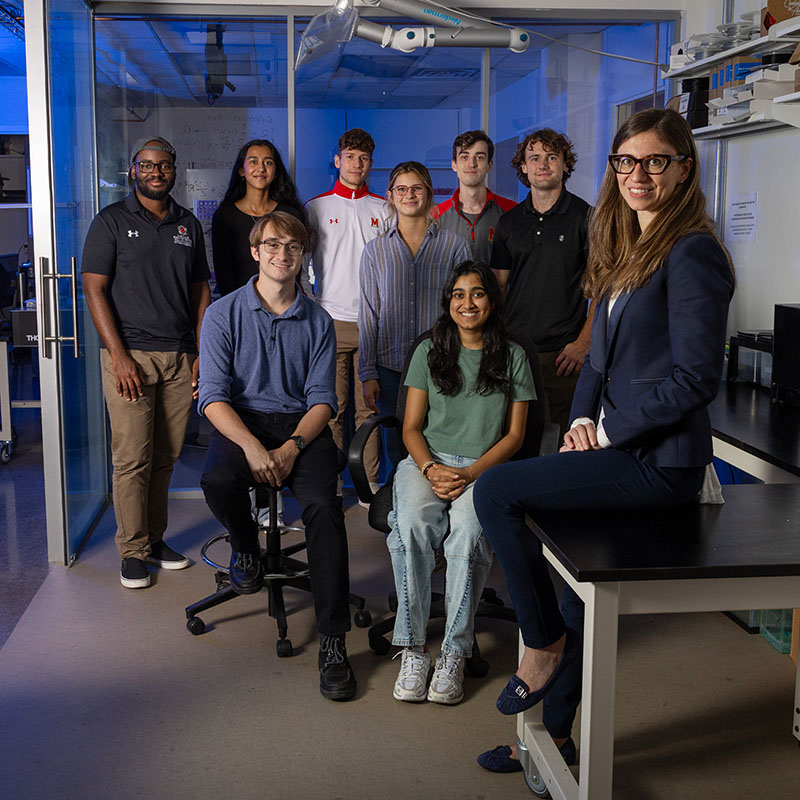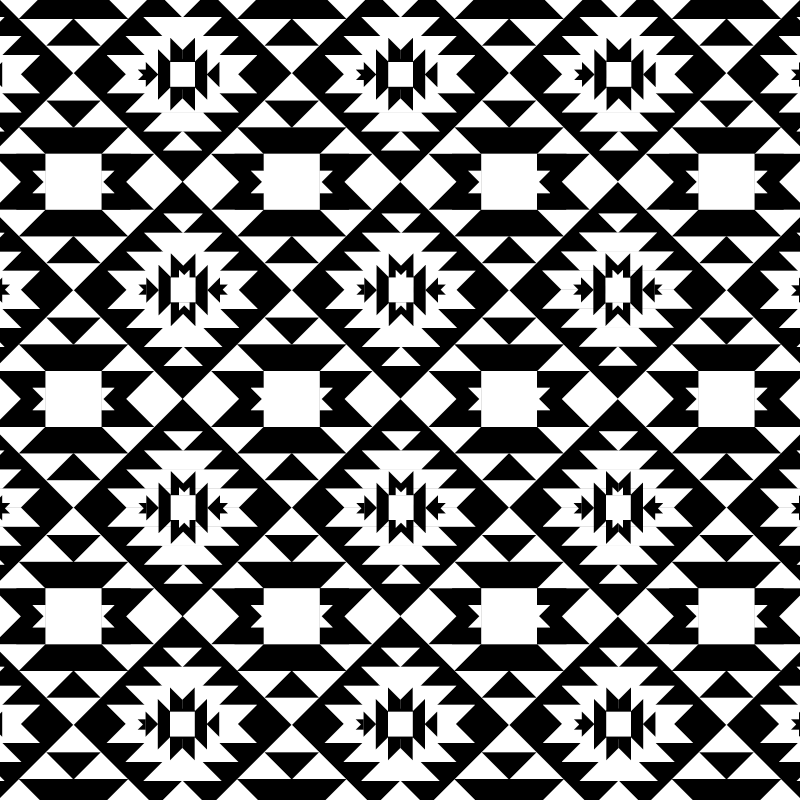News Story
Centrifugal Mirror Fusion Experiment receives funding through BETHE program
A team led by Carlos A. Romero-Talamas (UMBC), Adil Hassam, Ian Abel, Brian Beaudoin, and Tim Koeth has been recently selected to for funding through the Breakthroughs Enabling THermonuclear-fusion Energy (BETHE) program from ARAP-E.
The Breakthroughs Enabling THermonuclear-fusion Energy (BETHE) program funds 15 major projects throughout the country that work to develop timely, commercially viable fusion energy, with the goal to increase the number and performance levels of lower-cost fusion concepts.
Many of you will remember Carlos as a former IREAP research scientist, who is now on the faculty at UMBC.
Their project, entitled "Centrifugal Mirror Fusion Experiment" will involve the construction and study of a major plasma physics experiment in our Institute:
The University of Maryland, Baltimore County will advance the performance of the centrifugal mirror (CM) fusion concept, which has previously demonstrated stable plasmas with temperatures above 100 eV. The CM has a simple, axisymmetric geometry and provides a potential low-cost pathway to a breakeven experiment. The team will azimuthally rotate a mirror-shaped magnetized plasma to supersonic speeds using high-voltage biasing between a central rod and outer electrode rings. The rotation will stabilize, heat, and centrifugally confine the plasma, potentially eliminating the need for costly auxiliary heating systems requiring high recirculating power, which would degrade the economics of a fusion power plant. The project aims to overcome engineering challenges of the high-voltage biasing, and scientific challenges of achieving good stability and confinement while pushing into higher-temperature regimes. The project aims to achieve a triple product exceeding 10E17 keV s/m3.
Published May 8, 2020









